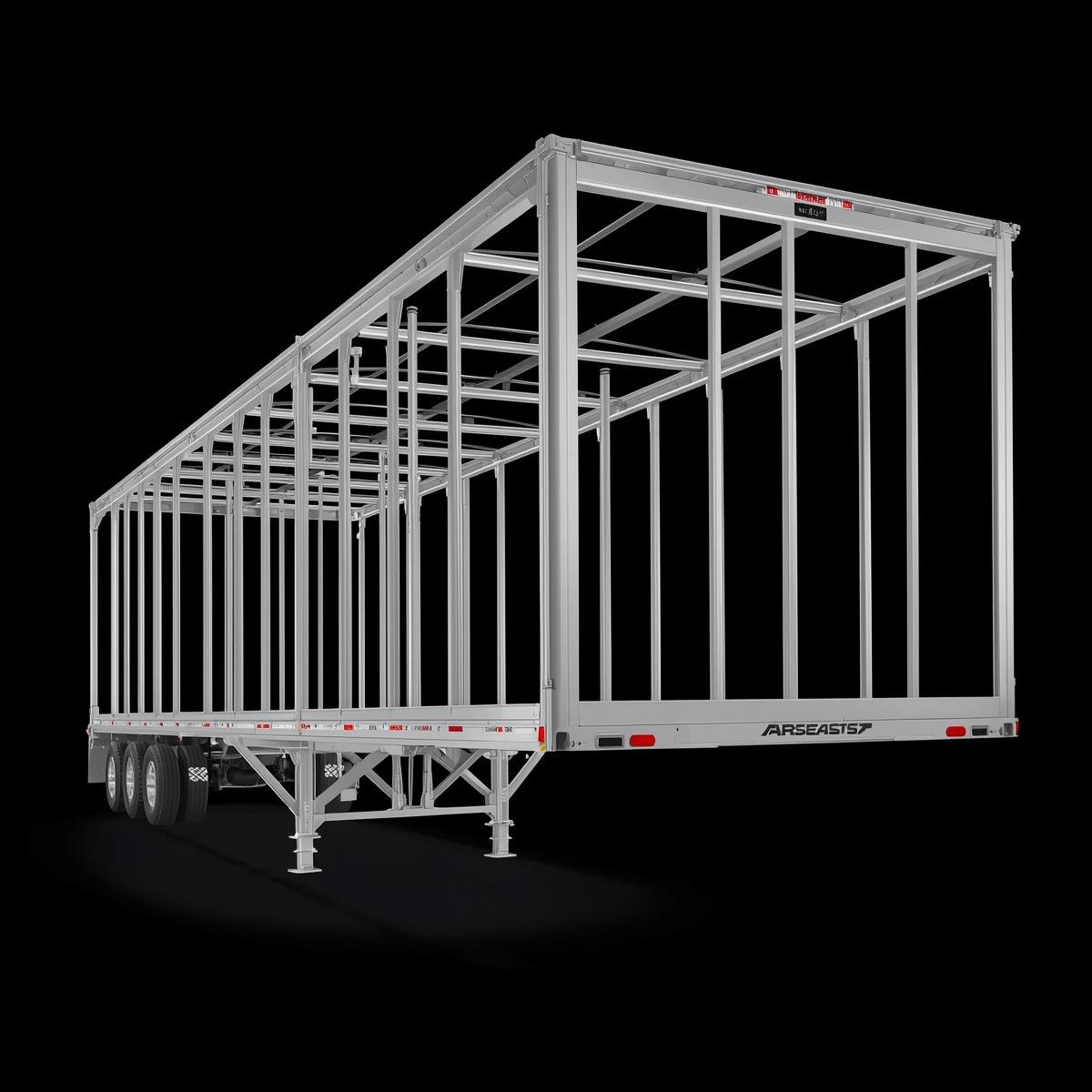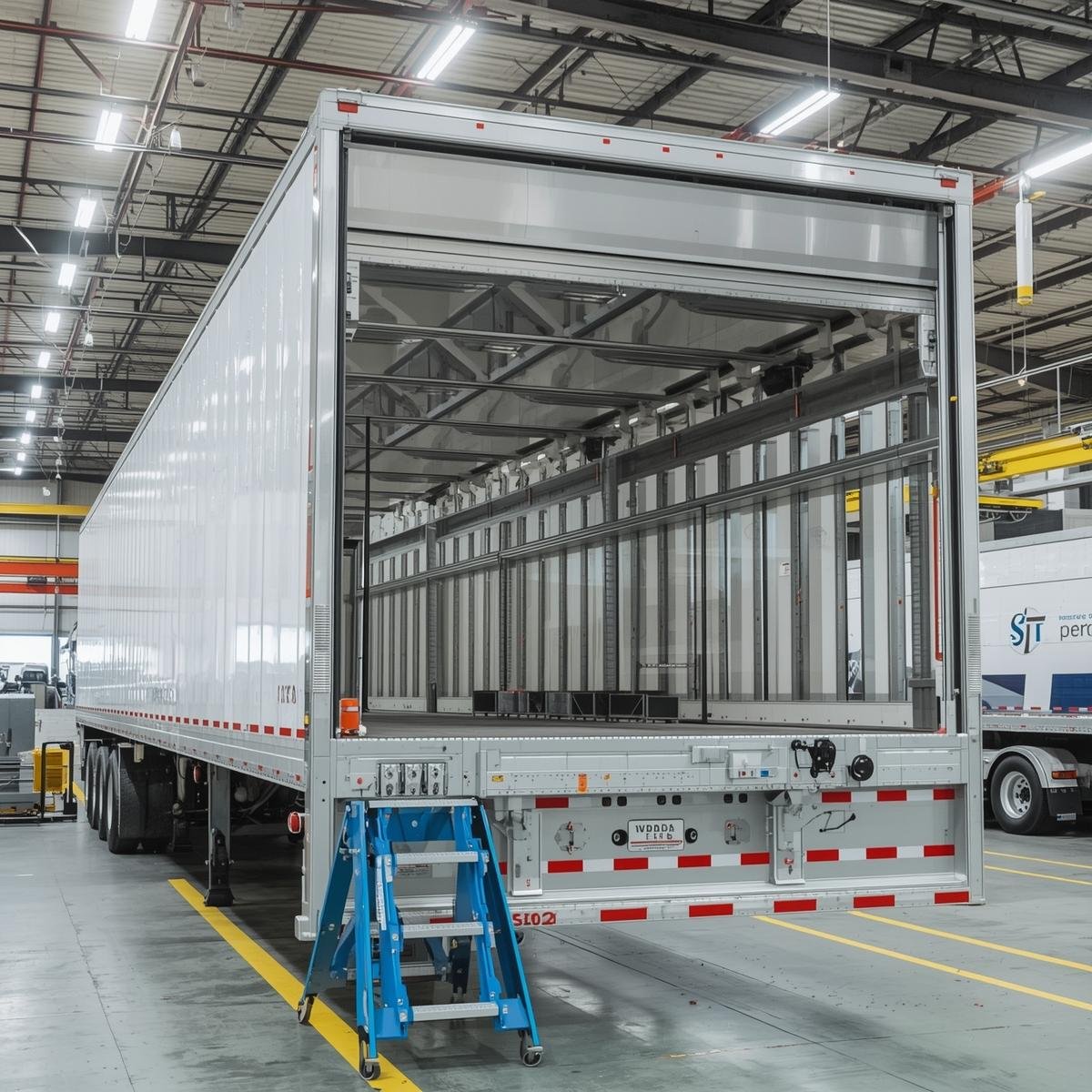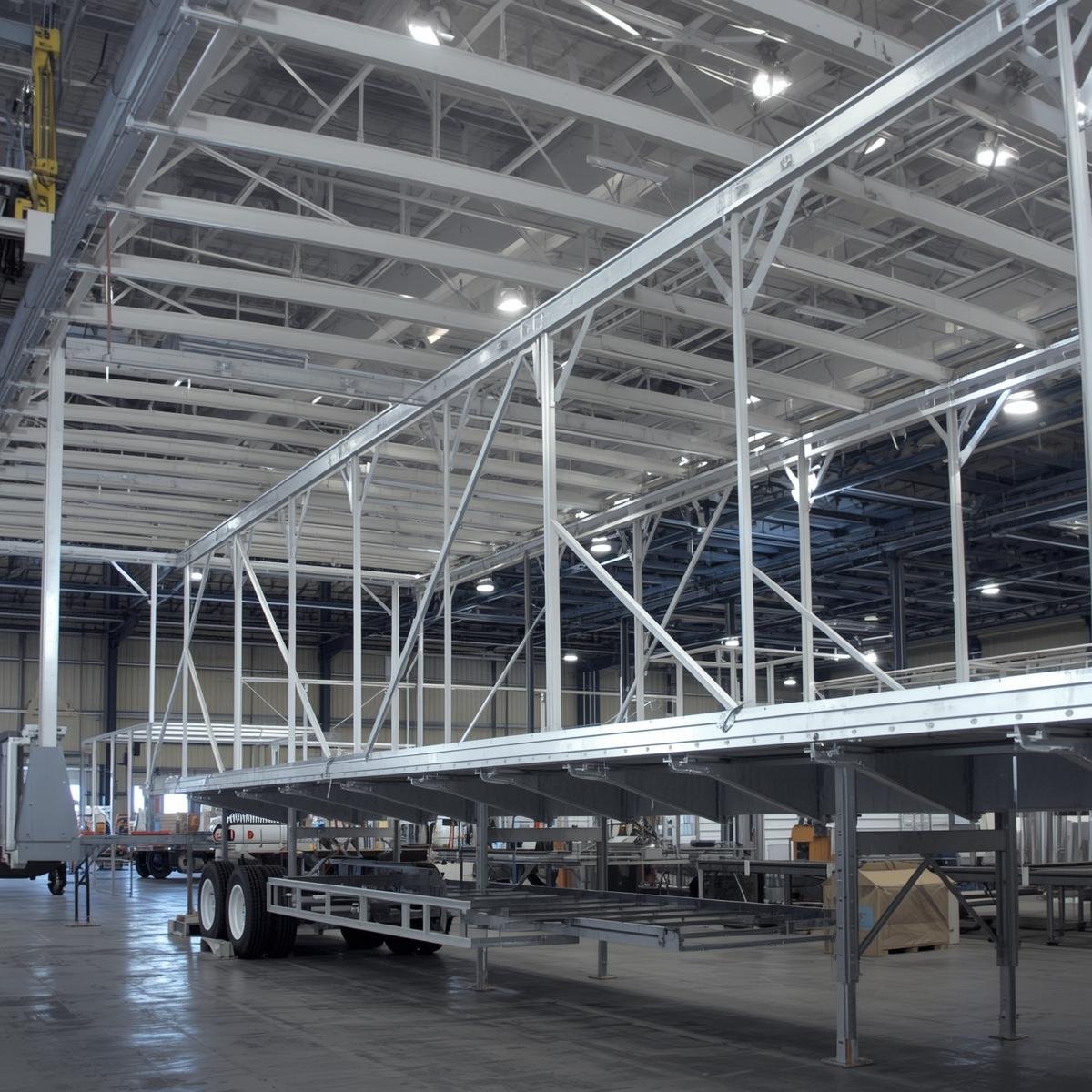What’s in the blog:
What if the backbone of your trailer could do more than just support weight? What if it could drive down costs, boost fuel efficiency, and streamline production—all at once? That’s the promise of innovation in trailer sub-frame design. In an industry where every kilogram counts and every minute matters, rethinking the sub-frame isn’t just smart—it’s transformative.
From logistics giants to niche manufacturers, the race to optimize trailer design is reshaping the way we think about structural engineering. The sub-frame, often overlooked, is now a focal point for innovation, modular design techniques, and digital design tools. Let’s explore how these changes are delivering real-world benefits.

Understanding the Trailer Sub-Frame
The sub-frame is the structural skeleton that supports the trailer’s body, load, and mechanical components. It must withstand dynamic forces, road vibrations, and environmental stress while remaining lightweight and cost-effective.
Traditional sub-frames rely heavily on steel for strength and durability. But steel is heavy, and in an era of rising fuel costs and carbon regulations, weight is a liability. That’s why manufacturers are turning to smarter designs by reducing its weight.

Cost Savings Through Smarter Construction
Innovative sub-frame designs reduce costs in multiple ways:
- Material Optimization: Reducing the weight of structural members without compromising their load-bearing strength
- Roll Forming Techniques: These allow for precise shaping of metal components, minimizing waste and improving consistency.
- Automation in Assembly: Automated welding and fitting reduce labor costs and improve throughput.
- Modular Components: Prefabricated sections simplify the assembly time and reduce on-site labour.

Weight Reduction Without Compromise
Weight reduction is a top priority in trailer design. A lighter trailer means:
- Lower fuel consumption
- Higher payload capacity
- Reduced wear on tires and suspension
- Easier towing and manoeuvrability
Key strategies include:
Use of Composites: Lightweight composite materials like carbon fiber and fiberglass offer high strength-to-weight ratios for other sub assembly parts which will reduce the pay load for sub frame
Shape Optimization: Parametric design tools help engineers create shapes that distribute stress efficiently, allowing for thinner, lighter components.
Studies show that shape and material optimization together can reduce trailer weight by up to 67% without sacrificing performance.

Productivity Gains Through Design Innovation
A well-designed sub-frame doesn’t just save money—it accelerates production and improves operational efficiency.
- Simplified Assembly: Modular designs reduce the number of welds and fasteners, speeding up construction.
- Standardization: Using standardized components across models reduces inventory complexity and training time.
- Maintenance-Friendly Layouts: Accessible design improves serviceability and reduces downtime.
These productivity gains are especially valuable in high-volume manufacturing environments, where time is money.
Engineering Tools Driving Innovation
Modern trailer design is powered by advanced engineering tools:
- Finite Element Analysis (FEA): Simulates stress and strain to optimize structural integrity.
- Digital Twins: Virtual models of the trailer allow for real-time monitoring and predictive maintenance.
- CAD/CAM Integration: Seamless design-to-manufacturing workflows reduce errors and improve precision.
These tools enable engineers to push the boundaries of what’s possible—creating trailers that are lighter, stronger, and smarter.
Sustainability and Compliance
Innovation in sub-frame design also supports environmental goals:
- Reduced Emissions: Lighter trailers consume less fuel, lowering CO₂ output.
- Regulatory Compliance: Advanced designs meet evolving safety and emissions standards with ease.
As governments tighten regulations on freight emissions, these innovations become not just beneficial—but essential.
How InOpTra Can Help
At InOpTra, we specialize in product engineering solutions that drive innovation from concept to execution. Our expertise in trailer sub-frame design helps clients achieve:
Product Engineering Services:
- Structural Optimization: Using FEA and simulation tools to refine strength and weight.
- Material Selection: Identifying the best materials for performance, cost, and sustainability.
- Modular Design Development: Creating scalable, prefabricated components for faster assembly.
- Prototyping: Leveraging CAD & Proto Build to validate designs before production.
- Manufacturing Support: Integrating design with automated production systems for seamless execution.
Whether you’re building a new trailer model or upgrading an existing fleet, InOpTra delivers engineering excellence that translates into real-world results. Let’s build smarter, lighter, and more productive trailers—together.


